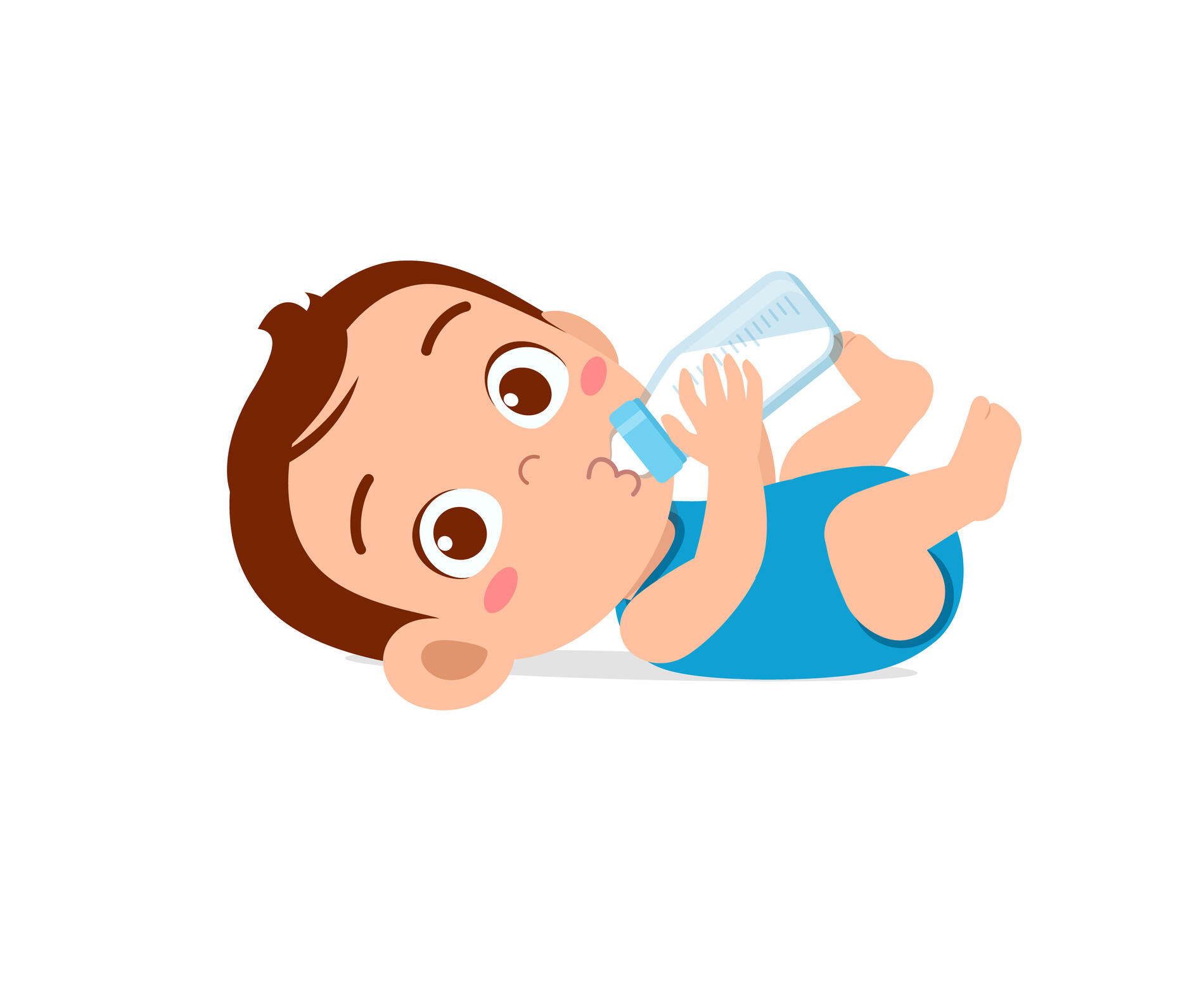Breastfeeding is the single source of nourishment for infants. It is one of the most efficient ways to assure child wellness. Most mothers in the U.S. choose to breastfeed their babies till their first birthday.
The American Academy of Pediatrics recommends mothers breastfeed their newborn babies for the first six months only. Then add little solids while breastfeeding until the baby is one year old.
Many mothers choose to breastfeed a newborn for more than a year, depending on their preferences. Children naturally wean at the age of 2 to 4 years old.
Before making a rush toward the transition process, Let’s have a look at the essential things you should know.
Is it Ok not to breastfeed Babies?
In some cases of viral infractions or transmitted diseases, Mothers can choose not to Breastfeed their infants.
Dr Alyssa Dweck, a gynaecologist based in Newyork, recommends discussing the issue well before the time of childbirth. W.H.O. and the American Academy of Pediatrics recommend breastfeeding.
According to the Department of Health of New York, Breast Milk helps keep babies healthy. It works as a protective shield against allergies and sickness.
How should you switch from Breast milk to formula?
Mothers should always take time even to introduce weaning. Here are a few steps:

1. Slow Start – Spoonfuls.
Your baby is adjusted to mother milk. Don’t rush things. Take time and start very slowly.
Keep a 10:90 ratio at the start. Ten per cent of cow or soybean-based formula and rest assured mother milk.
Can a formula be mixed with breast milk?
Yes, you can mix formula with breastmilk. Keep the 1/10th ratio. Never add formula powder directly to milk.
2. Slowly drop the Feeding session – Broaden their taste.
At this stage, replace at least one breastfeeding session with a bottle of milk. At the start, choose a mild time that your child will miss the least.
Bloomberg suggests dropping the afternoon session on the first go.
3. Gradually keep the pace – Skipping and Skimming.
New mothers should switch at least five breastfeeding sessions with bottled milk per week if the child adjusts to the first time.
Always prefer to breastfeed your child in the morning and at naptime.
4. Partial Waning – Skipping the sessions.
Considered partial weaning at a time at this time. Breastfeed is not a zero-sum game. It is a process. Skip a session or two in a day.
If you are a working mother with a baby, Consider formula day and choose to feed mother milk at night.
If the infant has adjusted to the routine, Keep the baby on formula partially on weekends at the start. During the partial weaning, you should start a light breakfast for a toddler.
How to mix Formula and Breastmilk?

Here is your complete guide on making a bottle of mixed feeders for toddlers.
- Always wash and dry your hands.
- Pour 2fl or 59mL of clean water into a clean bottle. Use distilled or mineral water for this purpose.
- Add one small scoop of formula for every 59mL of water. Always read instructions on the back as some ingredients may vary to another formula.
- Shake well for at least 10-20 seconds.
- Add 2fl or 59mL breastmilk to this liquid. Keep the ratio the same.
- Place the bottle cup of hot water on a mild heat.
- Always test the temperature of the milk on your hand before proceeding to feed your child.
How long does it take for a baby to get used to formula?
Usually, babies adjust to formula within two to six weeks. Keep things at a low pace. Cold turkey start is not recommended.
As switching to the formula is a process, adjusting to the formula is also a time-consuming approach.
Can mixing formula and breastmilk cause constipation?
Breast Milk is easy to digest for babies. While on the other hand, formula milk is a little thicker, which can take time to digest properly.
Due to digestive discomfort, babies may get gassy, or they may also get constipated. At such time it is advised to keep the baby nearby always.
Does switching from breastmilk to formula cause an upset stomach?
Some babies can experience an upset stomach at the start. Ingredients in the Formula may cause this. Sudden switching can cause problems for both mothers and babies.
In most cases, gradually switching doesn’t cause any harm. If the baby will get gassy or not adjust to formula, try going for organic baby formula.
How do you know if the formula doesn’t agree with a baby?
Here are some common signs of formula intolerance in babies.
- Diarrhea.
- Blood or mucus in baby’s bowel movement.
- Vomiting.
- Abdominal pain. Children pull their legs upward toward the abdomen when they feel any of these issues.
- Colic and crying continuously.
- Sudden abrupt changes in weight.
About 2% to 3% of children have milk protein allergies. Most babies are fine with formula or cow milk, but a few are born with lactose intolerance.
Have a quick look at the A.B.C.s of baby formulas by DR. Tahir, a paediatrician based in Wisconsin.
What are the types of baby formulas?
According to the mayo clinic, there are three major types of baby formula.
- Cow milk protein-based formulas.
Due to the close resemblance to mother milk, most FDA-regulated baby formulas are made of cow milk protein.
Apart from some babies naturally allergic to cow milk, most babies do well with this type of formula.
- Soy-based formulas.
If you want to cut down on animal protein or lactose intolerance, then soy-based baby formulas are advised.
- Protein Hydrolysate formula.
Such types of formulas are already processed. The protein in these formulas is already broken down partially or extensively.
Always use baby formula with the advice of your local G.P.
What is the closest formula to breast milk?
Enfamil Enspire is widely considered the closest formula to breast milk. It is the only baby formula in the U.S. with a blend of lactoferrin and MFGM components.
It is reviewed by F.D.A. and labeled as a safe and regulated formula option.
Conclusion.
Sooner or later, mothers have to switch from breast milk to formula. The switching process should be done at a slow pace.
Parents should keep an eye on any changes during the transition period, at least for the first two weeks. Baby formula should always be used after discussion with your local GP.
If you notice any changes in your baby’s health, stop using formula and go straight to the doctor.
4the Love of Mommy has a complete guide on parenting. Be it names, Birthday celebration ideas, or any baby guides, we are here to help you because we care – HAPPY PARENTING.










